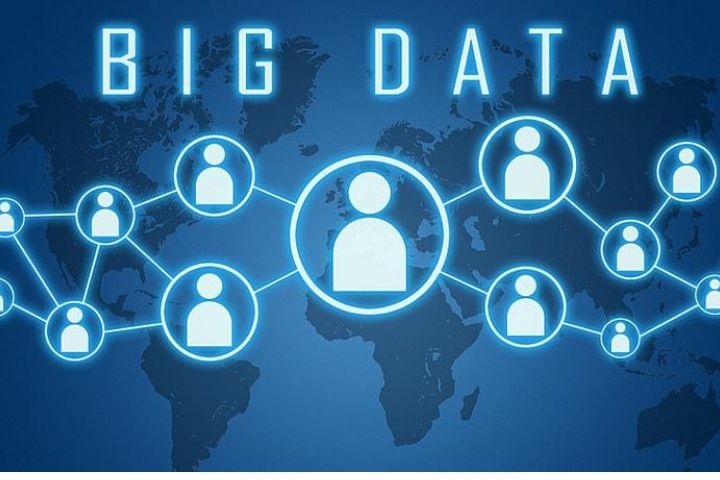Table of Contents
What is Big Data?
Big Data not only refers to data but above all to the ability to exploit it to extract information and knowledge of value for our business. The purpose of Big Data is to be able to design new products and services based on the new insights we acquire about our clients, about our competition or the market in general.
Once the information is collected and stored, indicators must be extracted that can be useful for making decisions, even in real-time. So the truth about what Big Data is and what it’s for goes far beyond just thinking about “Big Data. ”
The complex nature of Big Data is mainly due to the unstructured nature of much of the data generated by modern technologies, such as for weblogs, radio frequency identification (RFID), sensors embedded in devices, machinery, vehicles, Internet searches, social networks like Facebook, laptops, smartphones and other mobile phones, GPS devices and call center records.
In most cases, in order to effectively use Big Data, it must be combined with structured data (usually from a relational database) from a more conventional business application, such as ERP (Enterprise Resource Planning) or CRM ( Customer Relationship Management).
Types Of Big Data
To delve into what Big Data is and what it is for, it is also necessary to know that there are different types of data associated with this technique.
When classifying “Big Data” we can do it according to two criteria: Origin and Structure.
According to its Origin, the data can come from different sources
Web And Social Networks:
The information available on the Internet as Web content, generated by users in their activity on social networks or information from search engines.
Machine-To-Machine (M2M):
Data generated from communication between intelligent sensors integrated into everyday objects.
Transactions:
Includes billing records, calls, or transactions between accounts.
Biometrics:
Data generated by technology for identifying people through facial recognition, fingerprint recognition, or genetic information.
Generated by people: Through emails, messaging services, or call recordings.
Generated by both public and private organizations: Data related to the environment, government statistics on population and economy, electronic medical records, etc.
On the other hand, depending on its Structure, the Data can be:
Structured: Data that has its format, size, and length defined, such as relational databases or Data Warehouse.
Semi-Structured: Data stored according to a certain flexible structure and with defined metadata, such as XML and HTML, JSON, and spreadsheets (CSV, Excel).
Unstructured: Data without a specific format, such as text files (Word, PDF, emails) or multimedia content (audio, video, or images).
Who Are The Main Users?
Tourism And Hospitality Entrepreneurs:
Although it is difficult to measure the degree of customer satisfaction, through Big Data analytics, it is possible for these types of companies to adapt to the customer based on the amount of data obtained and provide a unique experience and identify solutions to possible problems before that these will happen.
Government And Justice:
Through this system, and thanks to the collection of data, we can say that we live in a safer world, offering the authorities a more complete vision of criminal activity, and without having to drastically increase the budget.
Health Systems:
Collecting and digitizing the data of patients and their needs, it is easier to attend to them and provide them with effective diagnoses in a faster and more fluid way. Coming to save lives almost immediately.
Other Companies:
Through this system, merchants have the opportunity to offer quality services adapting to the demands of each client, knowing their purchasing habits and preferences.
